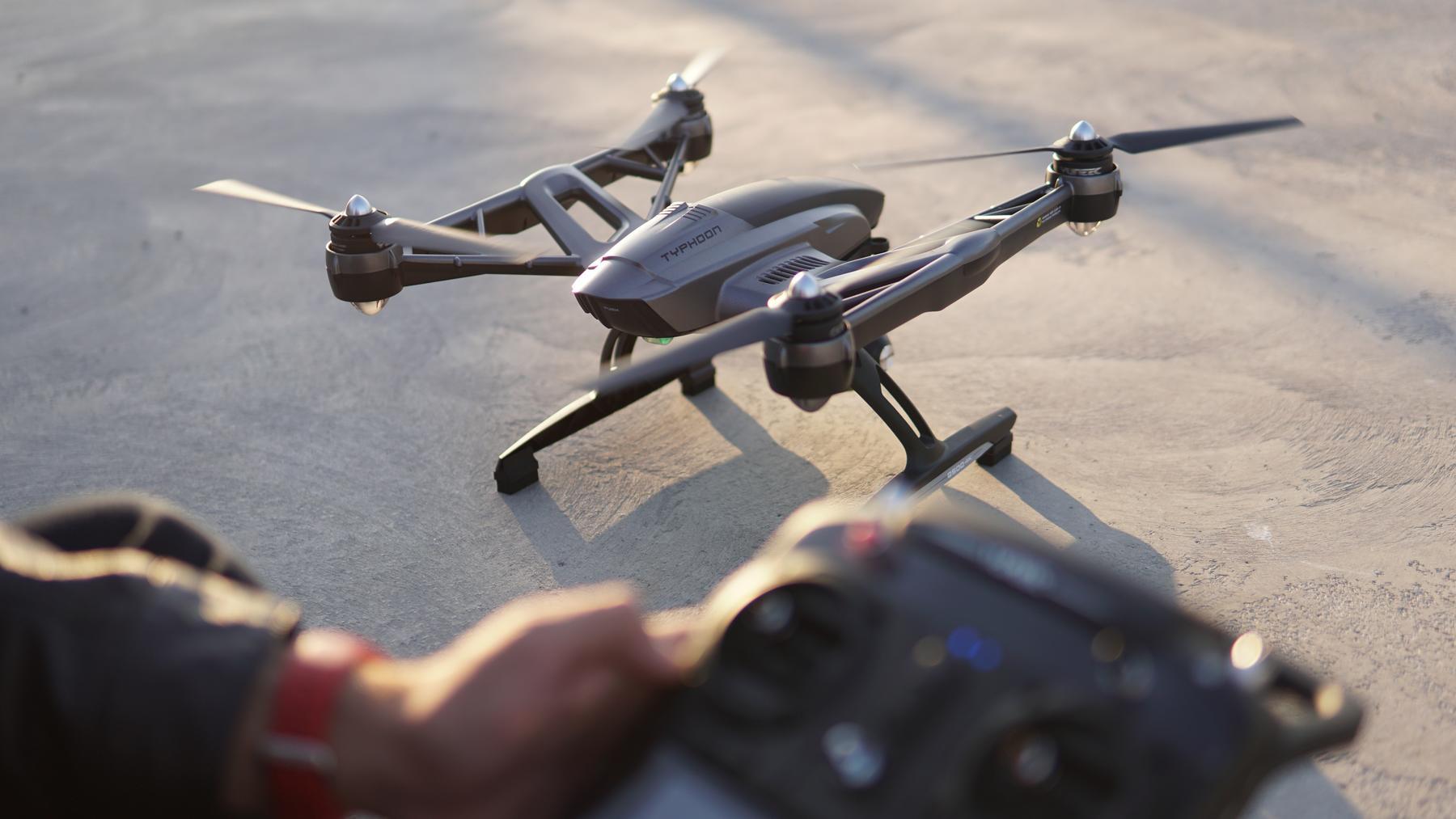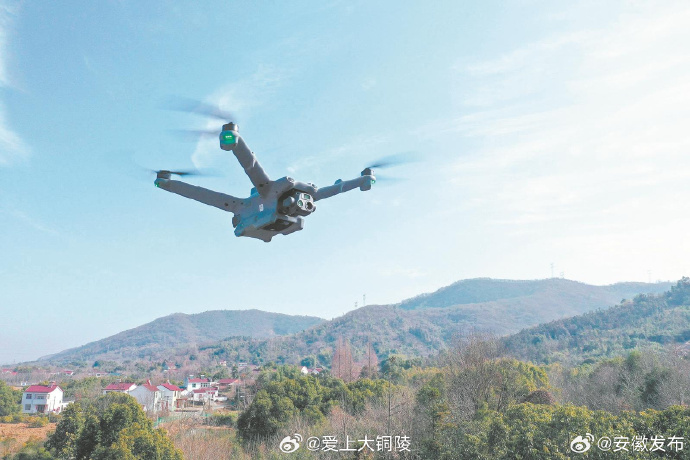In recent years, the advancement of drone carrier technology has marked a significant turn in aerial transport. Drone carriers—massive aircraft designed to deploy smaller drones—are quickly becoming integral to various industries, including defense, logistics, and science. This innovation could potentially redefine how we perceive transportation in the skies.

The Essence of Drone Carriers
Drone carriers function as airborne bases, deploying drones autonomously or via remote control. These carriers enhance the range and efficiency of drones by transporting them over large distances, enabling operations in previously inaccessible areas. This technological symbiosis optimizes logistics, surveillance, and even recreational uses.
Applications in Various Sectors
In defense, drone carriers have revolutionized reconnaissance missions. They can efficiently cover vast territories without risking human life. The logistics industry sees drone carriers as a solution to last-mile delivery challenges, promising faster, more efficient delivery systems. Moreover, scientific research benefits from gathering data in inaccessible or hazardous areas using this cutting-edge technology.
Key Features and Developments
Drone carriers boast several exciting features, including advanced navigation systems and automated deployment mechanisms. Recent developments have improved their integration with autonomous drones, enhancing air traffic safety and operational efficiency. Moreover, engineers are working tirelessly to ensure these carriers are environmentally friendly, reducing carbon footprints associated with large-scale operations.
Impacts on Society and the Environment
The rise of drone carriers presents both opportunities and challenges. On the positive side, they promise to streamline transportation and logistics. However, potential drawbacks include airspace congestion and privacy concerns. As drone carriers gain popularity, these issues will require addressing through regulation and technological safeguards.

Future Prospects
The future of drone carriers is bright, with plans for further integration into public services, such as emergency response and environmental monitoring. Expectations are that technological advancements will continue to push the boundaries of what is possible, perhaps leading to fully autonomous drone carrier fleets.
- Advancements in automation
- Eco-friendly technologies
- Regulatory challenges
Governments and private enterprises must collaborate to ensure these innovations are integrated responsibly, balancing technological progress with societal needs.
FAQs on Drone Carriers
Q1: How do drone carriers operate?
Drone carriers use sophisticated systems to launch and coordinate multiple drones, offering extended reach and versatility.
Q2: Are drone carriers eco-friendly?
Current models are being developed with sustainability in mind, utilizing renewable energy and optimizing fuel efficiency to minimize environmental impact.
Q3: What regulatory challenges do drone carriers face?
Regulatory frameworks are evolving to address air traffic management, safety, and privacy concerns associated with increased drone carrier usage.